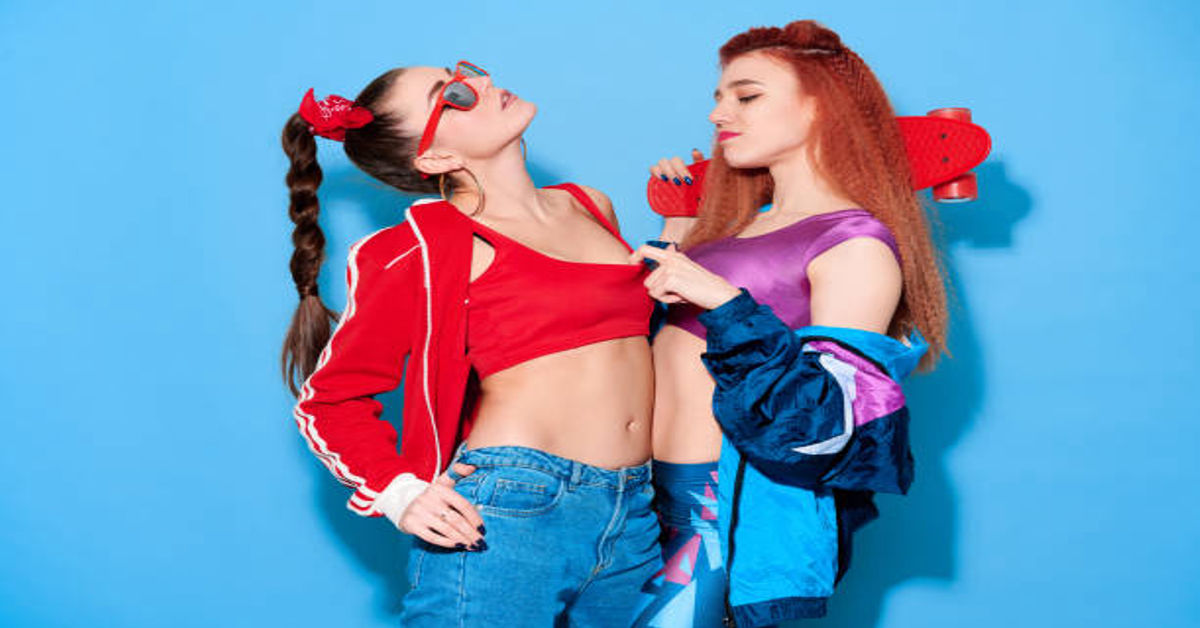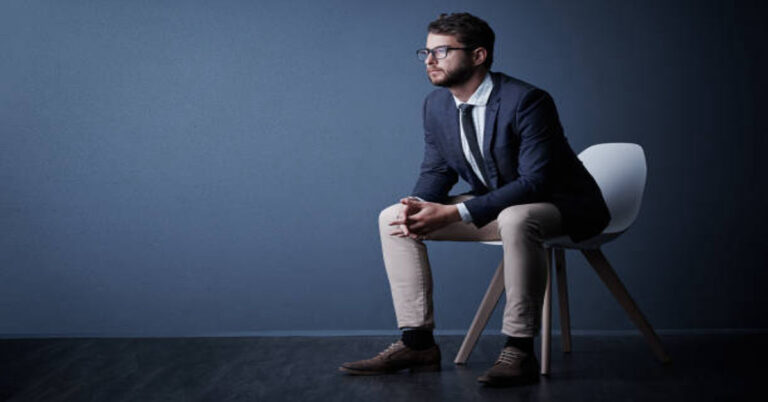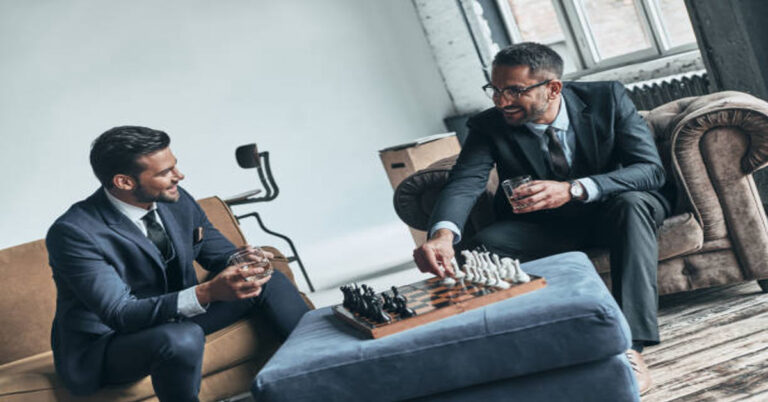90s Outfits – A Complete Guide to the Iconic Fashion Era
The 1990s were a golden period for fashion — a decade that bridged the expressive rebellion of the 80s with the minimalism and casual comfort of the 2000s. The phrase “90s outfits” instantly evokes images of plaid shirts, denim jackets, baggy jeans, platform shoes, and bold accessories. But beyond the nostalgia lies a complex and influential fashion movement that reflected the changing social, cultural, and musical landscapes of the time.
The 90s was an era of individuality. Fashion was not defined by one dominant style; instead, it was a melting pot of subcultures, from grunge and hip-hop to preppy, glam, and minimalist chic. Each reflected a unique attitude — from rebellious youth to sophisticated urban style.
In this comprehensive and detailed exploration of 90s outfits, we’ll examine their origins, main trends, gender-specific fashions, accessories, fabric choices, celebrity influences, and how these timeless looks are returning stronger than ever in modern fashion.
1. The Cultural Foundation of 90s Fashion
Fashion does not exist in isolation — it grows from the social context of its time. The 1990s saw immense changes: the rise of technology, youth independence, pop culture domination, and music evolution through MTV and the internet’s early days.
The 90s were also the first decade where comfort and individuality became fashion priorities. People wanted to express themselves — not conform. This is why the era produced contrasting styles: minimalists in slip dresses coexisted with rappers wearing oversized streetwear and teens dressed in torn jeans.
The key word was freedom. 90s outfits were not about perfection but personality.
2. Main 90s Outfit Styles
The 90s gave birth to several fashion subcultures. Below is a detailed look at the most popular styles that defined the decade.
Table: Major 90s Fashion Styles
| Style | Core Elements | Cultural Influence |
|---|---|---|
| Grunge | Flannel shirts, ripped jeans, combat boots | Nirvana, Pearl Jam, alternative rock |
| Hip-Hop | Baggy pants, tracksuits, gold chains | Tupac, Notorious B.I.G., street culture |
| Preppy | Polo shirts, blazers, pleated skirts | “Clueless”, Ivy League fashion |
| Minimalist | Slip dresses, neutral tones, clean lines | Calvin Klein, Kate Moss |
| Glam/Clubwear | Metallic tops, leather pants, chokers | Spice Girls, club scenes |
| Sporty | Windbreakers, sneakers, crop tops | Adidas, Nike, sports culture |
Each of these styles was influenced by distinct music genres, TV icons, and social movements, but all share one essence: authentic self-expression.
3. Grunge – The Rebellion of the 90s
Perhaps no style defines the 90s better than grunge fashion. Originating in Seattle’s rock scene, grunge symbolized resistance to mainstream glamour. It was deliberately unpolished — a mix of thrift-store finds and comfort-driven layering.
Typical grunge outfits included oversized plaid flannel shirts, ripped jeans, band tees, combat boots, and beanies. The look expressed a careless, anti-establishment attitude.
Colors were muted — earthy tones like brown, grey, and olive dominated. Hair was often messy, and makeup was minimal. The whole style was about effortless coolness, as if saying, “I didn’t try to look fashionable.”
Kurt Cobain and Courtney Love became icons of this aesthetic, influencing youth worldwide.
4. Hip-Hop and Streetwear Revolution
While grunge represented rebellion, hip-hop fashion represented confidence and identity. Emerging from New York’s urban streets, hip-hop style was about self-expression through boldness.
Key hip-hop outfit elements included:
- Baggy jeans and oversized T-shirts
- Tracksuits with brand logos like Adidas or FUBU
- Snapback caps, bucket hats, and timberland boots
- Chunky gold chains, rings, and designer sneakers
Hip-hop artists such as Tupac Shakur, Notorious B.I.G., LL Cool J, and Missy Elliott turned fashion into a language of empowerment. Clothes became a statement of pride and individuality.
Streetwear eventually evolved into a dominant modern style, influencing brands like Supreme, Off-White, and Yeezy decades later.
5. Minimalism – The Elegant Simplicity
In stark contrast to grunge and hip-hop, minimalism in the 90s was about quiet sophistication. Inspired by designers like Calvin Klein, Donna Karan, and Jil Sander, it stripped fashion to its essentials — clean lines, neutral tones, and simple silhouettes.
Common minimalist pieces included:
- Slip dresses
- Plain turtlenecks
- Straight-cut trousers
- Monochrome blazers
- Simple heels or loafers
The minimalist palette revolved around whites, blacks, beige, and pastels. This look became the go-to style for professionals and models. The 90s supermodel era — featuring Kate Moss, Naomi Campbell, and Cindy Crawford — made minimalism globally chic.
6. Preppy and School-Inspired Fashion
The preppy look, often associated with the 90s teen culture, was made popular by movies like Clueless and TV shows like Beverly Hills 90210.
Typical 90s preppy outfits included:
- Plaid skirts and knee-high socks
- Cardigans layered over collared shirts
- Sweater vests, polo shirts, and pleated pants
- Headbands and mini handbags
This style blended youthful charm with polished neatness — a contrast to grunge’s chaos. It represented the fun, flirty, and sophisticated side of 90s fashion, embraced especially by young women.
7. Glam and Clubwear – The Party Fashion
The 90s were also the decade of bold nightlife fashion. Glitter, shine, and attitude ruled the dance floors.
Glam outfits included metallic crop tops, leather pants, platform heels, sparkly makeup, and chokers. Artists like the Spice Girls and Madonna made such looks famous.
This was also the birth of bodycon dresses — tight-fitting outfits celebrating body confidence. Clubwear symbolized empowerment, especially among women who owned their bold style choices.
8. 90s Outfits for Women
Women’s 90s fashion was diverse and empowering. It celebrated individuality, from the soft minimalists to the daring trendsetters.
Common Elements in Women’s 90s Outfits
- High-waisted jeans (mom jeans)
- Crop tops and tube tops
- Flannel or denim jackets
- Slip dresses for elegant looks
- Overalls for casual comfort
- Mini skirts and platform shoes
Accessories were equally bold — chokers, butterfly clips, hoop earrings, and mini backpacks were must-haves.
Women experimented freely — wearing men’s shirts with feminine touches or mixing sporty with chic. This freedom made 90s women’s fashion timeless.
9. 90s Outfits for Men
Men’s 90s fashion was casual yet expressive, combining rugged masculinity with relaxed street aesthetics.
Common Elements in Men’s 90s Outfits
- Baggy jeans or cargo pants
- Plaid shirts worn open over T-shirts
- Denim jackets or bomber jackets
- Sneakers or combat boots
- Graphic tees and hoodies
Men also experimented with layering — a flannel over a hoodie or denim over a tee. The vibe was unpretentious, authentic, and cool.
Hip-hop and skate culture heavily influenced men’s streetwear, creating a look that remains influential in today’s fashion.
10. Fabrics and Textures of 90s Clothing
The 90s brought innovation in materials. Unlike the flashy synthetics of the 80s, the focus shifted to comfort and wearability.
| Fabric Type | Common Use | Visual Effect |
|---|---|---|
| Denim | Jackets, jeans, skirts | Rugged, casual, durable |
| Cotton | T-shirts, shirts | Breathable and light |
| Velvet | Dresses, tops | Luxurious and retro |
| Leather | Pants, jackets | Edgy and bold |
| Nylon | Windbreakers, bags | Sporty and shiny |
| Lace | Tops, slip dresses | Feminine and delicate |
The blending of such textures made 90s outfits visually dynamic yet comfortable — a perfect balance of style and practicality.
11. The Influence of Music and TV
Fashion and entertainment in the 90s were inseparable. Musicians and actors became the style icons of the decade.
Major Fashion Influences
- Britney Spears: Crop tops, low-rise jeans, and glittery accessories.
- Tupac & Biggie: Streetwear dominance with gold jewelry and baggy outfits.
- Friends (TV Show): Casual, relatable looks that defined daily wear — especially Rachel Green’s chic office style.
- The Spice Girls: Bold, individualistic fashion that encouraged self-expression.
Music genres like grunge, hip-hop, pop, and punk dictated what people wore. This connection made 90s fashion deeply emotional — people dressed to represent their favorite artists.
12. 90s Accessories – The Final Touch
Accessories completed the 90s look. They were expressive, experimental, and often oversized.
Popular Accessories
- Chokers: Symbol of rebellion and sensuality.
- Bandanas: Worn on the head or around the neck.
- Round sunglasses: Inspired by 70s revival.
- Backpacks and fanny packs: Practical and trendy.
- Chunky sneakers and Doc Martens: Statement footwear for both genders.
- Scrunchies: Essential for ponytails and wrist wear.
Each accessory held cultural weight — a small detail that made a big statement.
13. Makeup and Hairstyles of the 90s
Fashion in the 90s extended beyond clothing — makeup and hairstyles played crucial roles.
Makeup Trends:
- Brown lipstick and neutral tones dominated.
- Frosted eyeshadows and minimal blush created natural charm.
- Thin eyebrows and subtle eyeliner defined facial structure.
Hairstyle Trends:
- Messy buns and layered cuts.
- Crimped hair for youthful flair.
- Highlights and face-framing bangs.
- Spiky or gelled looks for men.
These beauty trends complemented 90s outfits perfectly — balancing casual energy with personal charm.
14. Fashion Evolution and Transition
The late 90s saw a shift from rebellious fashion to a cleaner, futuristic aesthetic leading into the 2000s. Metallic fabrics, minimalist silhouettes, and sleek hairstyles began replacing grunge flannel and oversized fits.
Yet, even as styles evolved, 90s outfits remained deeply rooted in self-expression — they set the foundation for modern streetwear and unisex dressing.
15. The 90s Fashion Revival
Fashion runs in cycles. In the 2020s, 90s outfits are back — not as nostalgia, but as style statements.
Today’s fashion brands and influencers reintroduce 90s elements with modern touches:
- Mom jeans and baggy pants have replaced skinny jeans.
- Crop tops, oversized shirts, and chunky sneakers dominate runways.
- Vintage logos and retro prints are trending again.
This revival proves that 90s fashion’s authenticity and comfort are timeless values that transcend generations.
16. Mixing Vintage with Modern
Modern stylists often blend 90s pieces with contemporary fashion for balance.
Example Outfit Ideas:
- Slip dress (90s) + Oversized blazer (modern)
- Baggy jeans (90s) + Fitted crop top (modern)
- Plaid shirt (90s) + Leather pants (modern edge)
The secret lies in proportion — combining loose and fitted elements to create harmony between eras.
17. Sustainability and Thrift Culture
One of the most significant lessons from 90s outfits is sustainability. Many fashion lovers shop secondhand to recreate authentic looks, contributing to eco-friendly fashion habits.
Vintage stores and thrift shops have become treasure troves for 90s clothing — denim jackets, windbreakers, or band tees can often be found at affordable prices, keeping the spirit of the decade alive.
18. 90s Fashion Around the World
While the 90s style had global appeal, every region added its twist.
| Region | Unique Twist |
|---|---|
| USA | Hip-hop and grunge dominance |
| Europe | Minimalist chic and high-fashion experiments |
| Japan | Harajuku street fashion with color bursts |
| India | Bollywood glam with glittery dresses |
| Africa | Bright prints mixed with streetwear elements |
This diversity shows that 90s fashion was not limited by geography — it was a universal language of creativity.
19. Why 90s Outfits Still Inspire Modern Designers
Designers love the 90s because it was a decade of experimentation without excess. Its charm lies in balance — playful yet practical, casual yet expressive.
Contemporary brands like Gucci, Balenciaga, and Versace frequently revisit 90s silhouettes — oversized blazers, metallic fabrics, and square-toe shoes. Nostalgia meets innovation, making fashion a timeless conversation between past and present.
20. Conclusion – The Timeless Spirit of 90s Outfits
“90s outfits” represent more than clothing — they are symbols of individual freedom, cultural fusion, and creative rebellion. The decade’s fashion encouraged self-expression without boundaries. From the grunge kid in a ripped sweater to the supermodel in a minimalist dress, everyone belonged to the same colorful narrative of authenticity.
Even today, the comfort of flannel, the confidence of leather pants, and the simplicity of a slip dress remind us that the best style is personal. Fashion fades, but the spirit of the 90s — bold, honest, and versatile — continues to inspire new generations.
So whether you wear vintage denim or remix a plaid shirt with modern sneakers, you’re not just dressing up — you’re celebrating an era that taught the world how to be fearlessly expressive.
Frequently Asked Questions (FAQs)
1. What defines 90s fashion the most?
90s fashion is defined by its diversity — grunge, hip-hop, minimalist, and preppy styles coexisted. The era valued comfort, authenticity, and individuality.
2. How can I create a 90s-inspired outfit today?
Start with key pieces: baggy jeans, crop tops, plaid shirts, denim jackets, or chunky sneakers. Mix modern accessories for a fresh twist.
3. What were popular accessories in the 90s?
Chokers, hoop earrings, scrunchies, bandanas, mini backpacks, and platform shoes were essential to completing 90s looks.
4. Why is 90s fashion making a comeback?
The 90s revival is driven by nostalgia and the modern desire for comfort and authenticity in clothing — values central to that era.
5. What colors were most popular in 90s outfits?
Muted earth tones dominated grunge, while hip-hop embraced bright colors and metallics. Minimalists favored neutrals like black, beige, and white.



